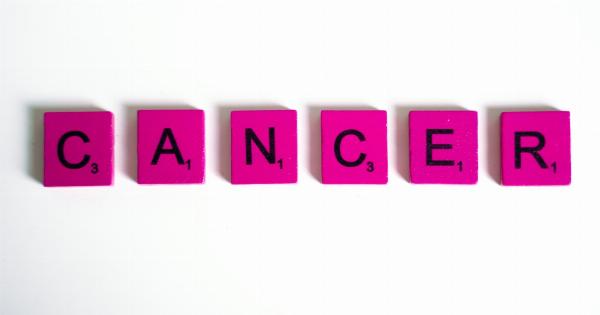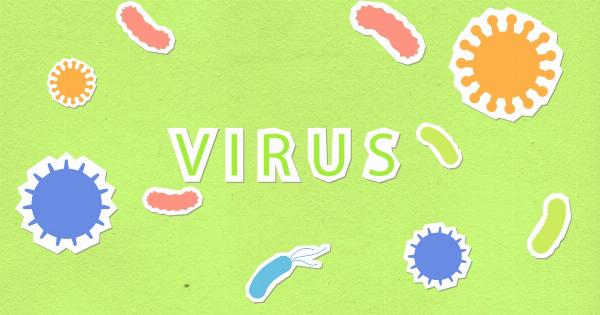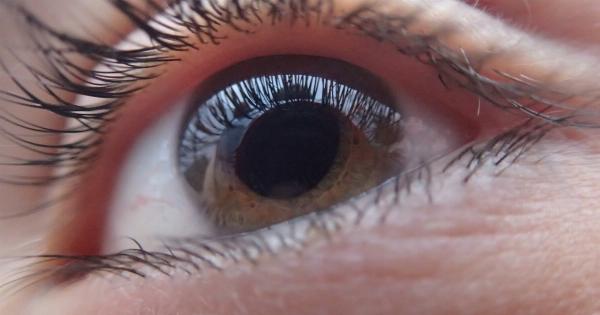Kissing someone is often seen as a romantic gesture or a way to express your affection towards another person. However, kissing can also have its risks.
Some diseases can be transmitted through saliva or direct contact with an infected person’s mouth or skin. In this article, we will discuss some of the diseases that can be transmitted through kissing and how to protect yourself from them.
Herpes
Herpes is a viral infection that can be transmitted through skin-to-skin contact, including kissing.
There are two types of herpes viruses: herpes simplex virus type 1 (HSV-1), which is typically associated with oral herpes, and herpes simplex virus type 2 (HSV-2), which is typically associated with genital herpes. However, both types can cause sores around the mouth and genitals. Herpes can be transmitted even when there are no visible symptoms.
Symptoms of herpes include painful blisters or sores on or around the mouth or genitals, itching, and burning sensations.
Hepatitis B
Hepatitis B is a viral infection that can be transmitted through blood, semen, or other bodily fluids, including saliva.
It is more commonly transmitted through sexual contact or sharing needles, but it can also be transmitted through kissing if there are cuts or sores in the mouth. Symptoms of hepatitis B include fatigue, nausea, abdominal pain, and yellowing of the skin and eyes.
Mono
Mononucleosis, also known as “mono,” is a viral infection that can be transmitted through saliva.
It is commonly spread through kissing, hence its nickname “the kissing disease.” Mono can cause flu-like symptoms such as fever, sore throat, fatigue, and swollen lymph nodes. It can take several weeks to recover from mono, and some people may experience fatigue and other symptoms for several months.
Meningitis
Meningitis is an inflammation of the protective membranes that surround the brain and spinal cord. It can be caused by bacterial or viral infections, and some types can be transmitted through close contact with an infected person, including kissing.
Symptoms of meningitis include fever, headache, stiff neck, nausea, and sensitivity to light. Meningitis can be severe and even life-threatening, so it is important to seek medical attention if you suspect you have it.
Cold sores
Cold sores, also known as fever blisters, are caused by the herpes simplex virus type 1 (HSV-1) and are typically found around the mouth.
Cold sores can be transmitted through kissing and other types of close contact, even when there are no visible sores. Cold sores typically last for about a week and can be treated with antiviral medications.
Gingivitis
Gingivitis is a type of gum disease that can be caused by a buildup of plaque on the teeth and gumline. It can lead to inflammation, bleeding gums, and bad breath.
While gingivitis is not typically transmitted through kissing, poor oral hygiene can increase the risk of developing gingivitis.
Preventing the spread of diseases through kissing
While it’s impossible to completely eliminate the risk of transmitting diseases through kissing, there are steps you can take to reduce your risk:.
- Make sure you and your partner are both aware of any existing infections, and avoid kissing if one of you is sick or has a visible sore or rash around the mouth.
- Practice good oral hygiene, including brushing your teeth twice a day, flossing, and visiting the dentist regularly.
- Avoid sharing drinks, utensils, or personal items with others.
- Use dental dams or condoms during oral sex to reduce the risk of transmitting infections.
Conclusion
Kissing can be a great way to show affection towards someone, but it can also come with its risks.
Diseases such as herpes, mono, and meningitis can be transmitted through kissing, so it’s important to practice good oral hygiene, be aware of any existing infections, and avoid kissing if one of you is sick or has visible sores or rashes around the mouth. By taking these steps, you can reduce your risk of transmitting or contracting diseases through kissing.






























